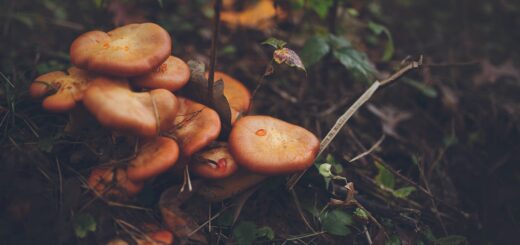Unveiling the Ethnobotany of Psychedelic Plants in Indigenous Cultures
Psychedelic plants, known as entheogens, have been used for thousands of years within indigenous cultures as part of spiritual practices, rituals, and traditional healing. These psychoactive plants have held an uncommon medicinal and mystical importance matured from generation to generation. This article examines the rich forms of shamanism that have been nurtured alongside plant-based psychedelics, bringing insights into our shared cultural traditions and how plant medicine continues to influence our modern understanding of health and spirituality.
Ethnobotany, a branch of ethnology, is the scientific study of how different cultures use plants for multiple purposes – food, medicine, textiles, or in this case, religious or spiritual entities. Ethnobotany looks at the symbiotic relationship between humans and nature, often revealing insightful connections.
In the realms of shamanism, powerful plant medicines, known as entheogens are vital for community health and spiritual exploration. Central to many indigenous cultures, these plants were – and still are – viewed as sentient beings or deities, with which shamans connect to gain insight, healing, and wisdom.
Among the most renowned of these psychoactive plants is Ayahuasca, a ceremonial brew traditionally consumed in the Amazon Basin. It is made by combining the vines of Banisteriopsis caapi with the leaves of the Psychotria viridis plant. The brew has long been considered a spiritual sacrament, used within rituals to facilitate profound psychological and emotional healing.
Peyote, a small, spineless cactus native to Mexico and the southern US, is another such plant. It is highly revered in many indigenous cultures, especially among the Huichol people, for its natural mescaline content. They believe Peyote offers spiritual enlightenment, and its use is central to their cultural traditions, facilitating visions and promoting healing.
Psilocybin Mushrooms, another prominent plant in the ethnobotanic world, have been used for spiritual and healing practices for centuries, particularly in Central America. References to mushroom use can be found in pre-Columbian cultures, from Mayan to Aztec civilizations. They believe that these fungi “speak” and have been consulted for direction and wisdom during transformative rituals.
African indigenous cultures also feature psychoactive plants in their traditional healing practices. For instance, the Zulu people use the Silene capensis, or African Dream Root, to induce vivid dreams for spiritual communication. Likewise, Tabernanthe iboga, or Iboga, is central to the Bwiti spiritual practices in Gabon.
The ethnobotanist’s interest in these plant medicines also extends to their potential benefits in modern medicine. Global interest in these ritualistic substances has grown, with numerous studies exploring their therapeutic potential for mental health conditions, including depression, PTSD, and addiction.
It is imperative to respect the rich cultural framework that surrounds these powerful plants. Their use is more than a simple consumption; it is a deeply embedded part of these communities’ spiritual practices that require respect for traditional methods and teachings. Misuse or commodification of these sacred substances could further marginalize the indigenous communities that have nurtured and preserved this knowledge for generations.
Our understanding of the ethnobotany of psychedelic plants continues to evolve, opening fascinating dialogues between ancient wisdom and modern science. It simultaneously offers profound respect for the indigenous cultures that have long revered these plants and potentially revolutionary insights into treating numerous mental health conditions. Above all, however, it is a reflection of humanity’s enduring connection with the natural world, an echo of a shared history that continues to resonate today.
Sources:
1. “The Cultural Context of the Use of Hallucinogenic Plants in Rituals.” JSTOR
2. “Ayahuasca use in an urban context: a comparative study with rural Amazonian users.” Springer
3. “Aspects of Peyotism among the Huichol Indians of Mexico.” American Anthropologist

